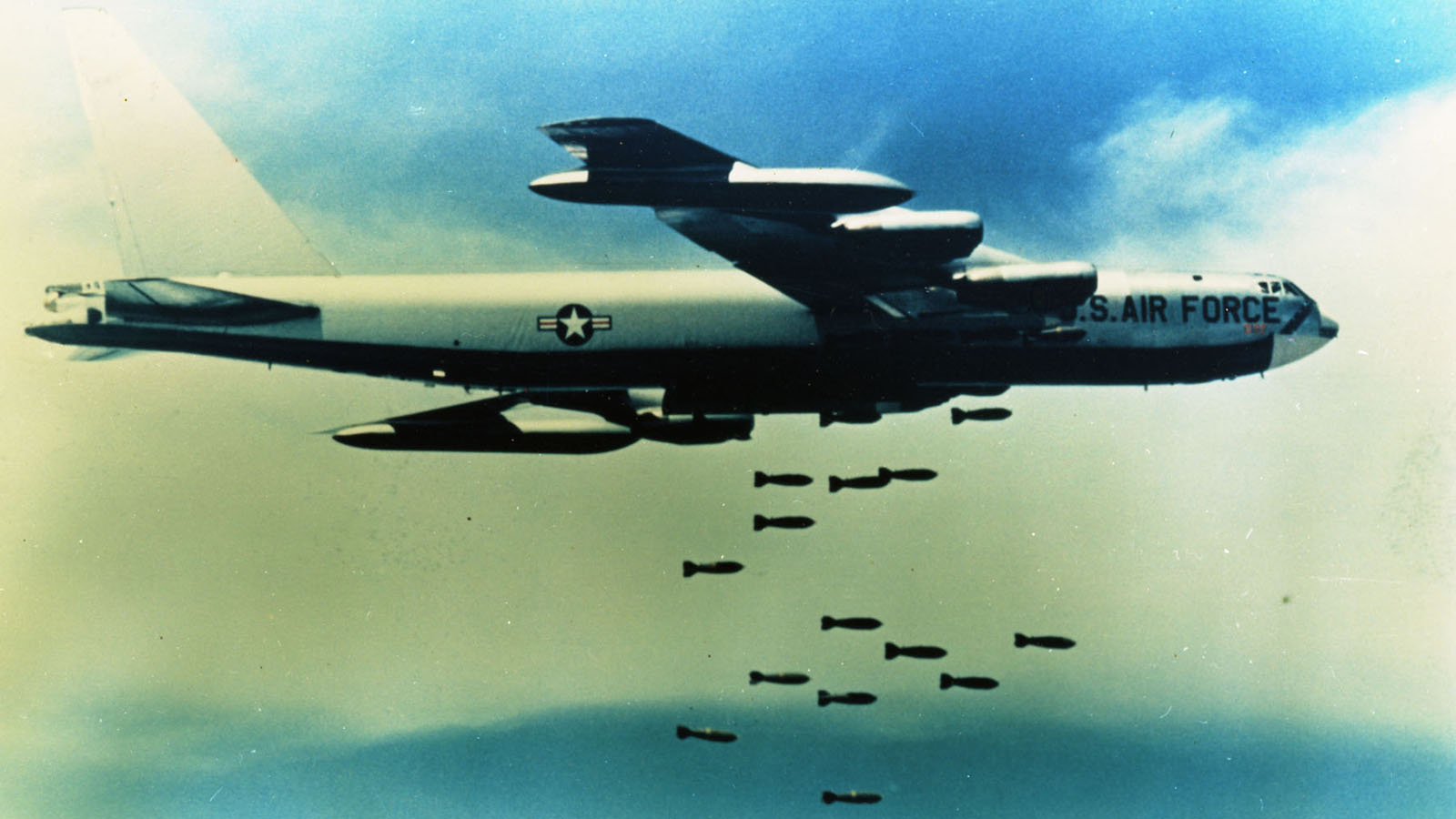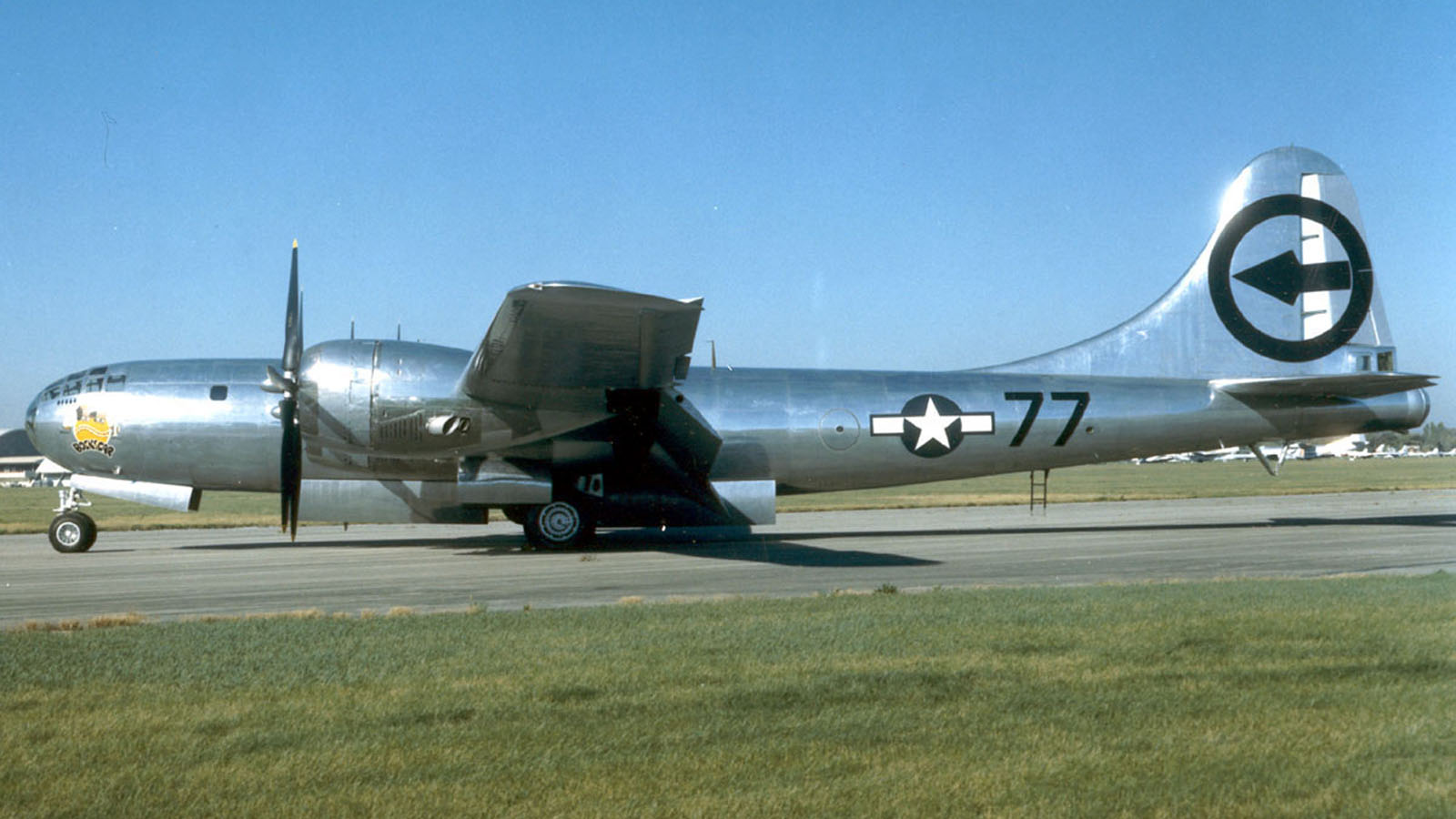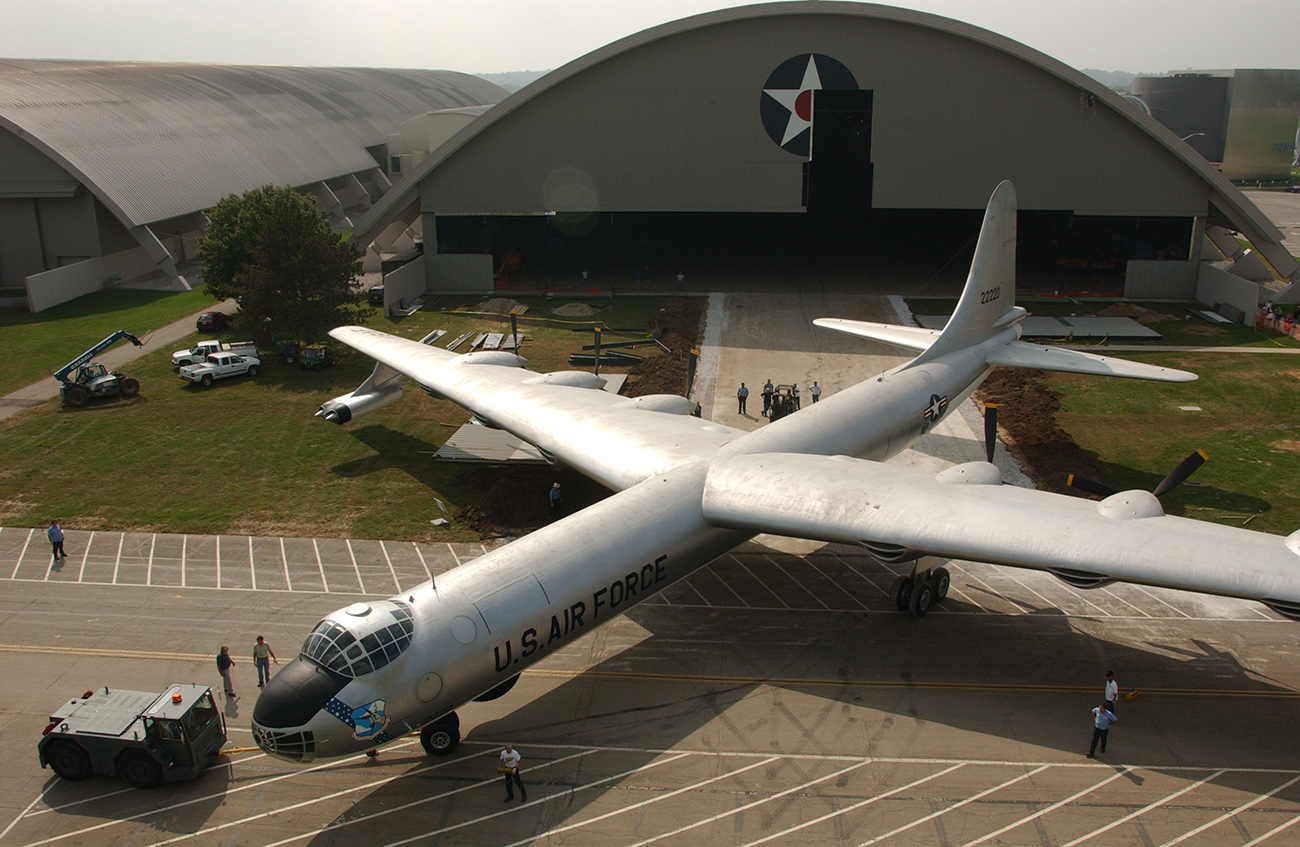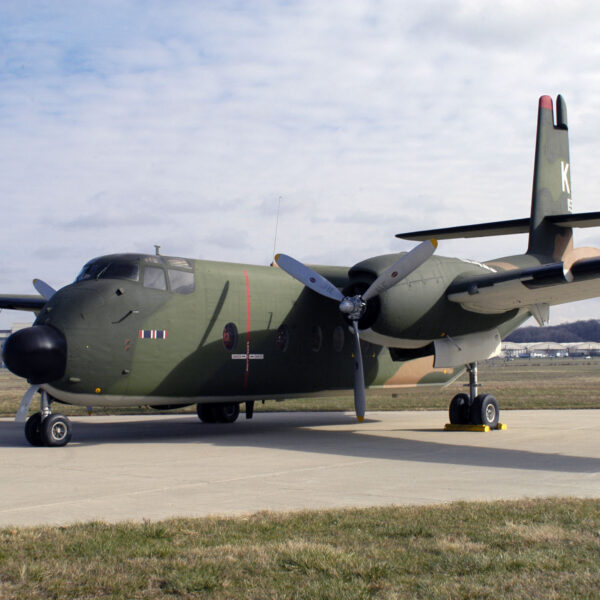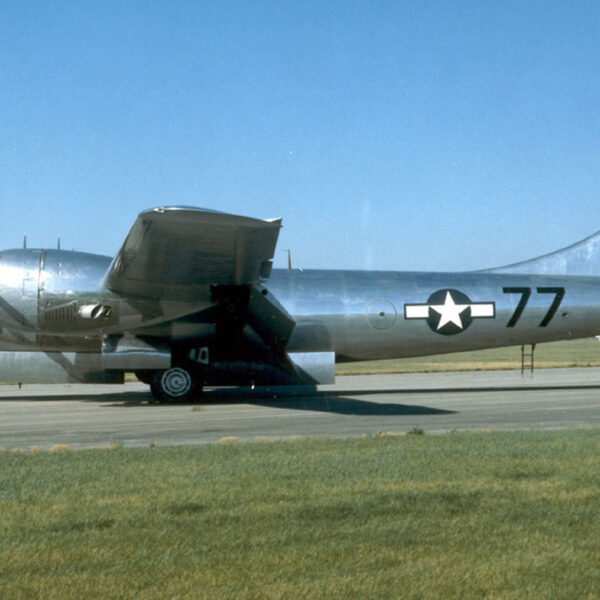“Unleash the power of the B-47: The ultimate aircraft for precision and speed.”
History and Development of the B-47 Bomber
The B-47 bomber, also known as the Stratojet, was a revolutionary aircraft that played a significant role in the history of aviation and military technology. Developed by the United States Air Force (USAF) in the early 1950s, the B-47 was the first swept-wing jet bomber to enter service. Its sleek design and advanced capabilities made it a formidable weapon during the Cold War and beyond.
The development of the B-47 began in the late 1940s, as the USAF sought to replace its aging fleet of propeller-driven bombers with a more modern and efficient aircraft. The project was led by Boeing, one of the world’s largest and most reputable aircraft manufacturers. The company’s engineers were tasked with creating a bomber that could fly at high speeds and altitudes while carrying a significant payload.
To achieve this, the B-47 was designed with a swept-wing configuration, which allowed for greater aerodynamic efficiency at high speeds. This design also reduced drag and increased the aircraft’s range, making it capable of flying long distances without refueling. The B-47 was also equipped with six jet engines, which gave it a top speed of over 600 miles per hour and a range of more than 3,000 miles.
The B-47’s development was not without its challenges. The engineers faced numerous technical issues, including engine failures and structural problems. However, with determination and perseverance, these issues were eventually resolved, and the B-47 was ready for its first flight in December 1947. The test flight was successful, and the B-47 was officially introduced into service in 1951.
The B-47 quickly became the backbone of the USAF’s strategic bomber fleet. Its speed and range made it an ideal aircraft for delivering nuclear weapons, a crucial aspect of the USAF’s Cold War strategy. The B-47 was also equipped with advanced electronic systems, including radar and navigation equipment, which allowed it to fly at night and in adverse weather conditions.
In addition to its military capabilities, the B-47 also played a significant role in the development of commercial aviation. The aircraft’s swept-wing design and advanced technology paved the way for future jetliners, such as the Boeing 707 and the Douglas DC-8. The B-47 also served as a testbed for new technologies, including in-flight refueling and supersonic flight.
Despite its success, the B-47 was not without its flaws. The aircraft had a high accident rate, with over 200 crashes during its service life. This was partly due to its complex design and the demands of flying at high speeds and altitudes. However, the B-47’s safety record improved over time as improvements were made to the aircraft and pilot training.
TECHNICAL NOTES (RB-47H):
National Museum of the United States Air Force
Armament: Two 20 mm cannons in the tail
Maximum speed: 602 mph
Range: 3,935 miles (unrefueled)
Ceiling: 38,850 ft.
The cost of the B-47 Stratojet, a strategic bomber aircraft used by the United States Air Force, varied depending on the specific variant and the year of procurement. According to historical records, the initial production model B-47A cost approximately $2.1 million per aircraft in the early 1950s. The cost increased as the aircraft went through different versions, such as the B-47B, B-47E, and B-47E-IV. The later variants had estimated costs ranging from $3.5 million in the mid-1950s to $5.4 million in the early 1960s. It’s important to note that these figures are adjusted for inflation, and the original nominal costs at the time were significantly lower.
The B-47 remained in service with the USAF until the late 1960s, when the more advanced B-52 Stratofortress gradually replaced it. However, the B-47’s legacy lived on, as it paved the way for future bomber designs and played a crucial role in shaping the USAF’s strategic capabilities.
Today, the B-47 is remembered as a groundbreaking aircraft that pushed the boundaries of aviation technology. Its sleek design and advanced capabilities set the standard for future bombers and helped to shape the modern military landscape. The B-47 will always hold a special place in the history of aviation and serve as a testament to the ingenuity and determination of the engineers and pilots who made it a reality.
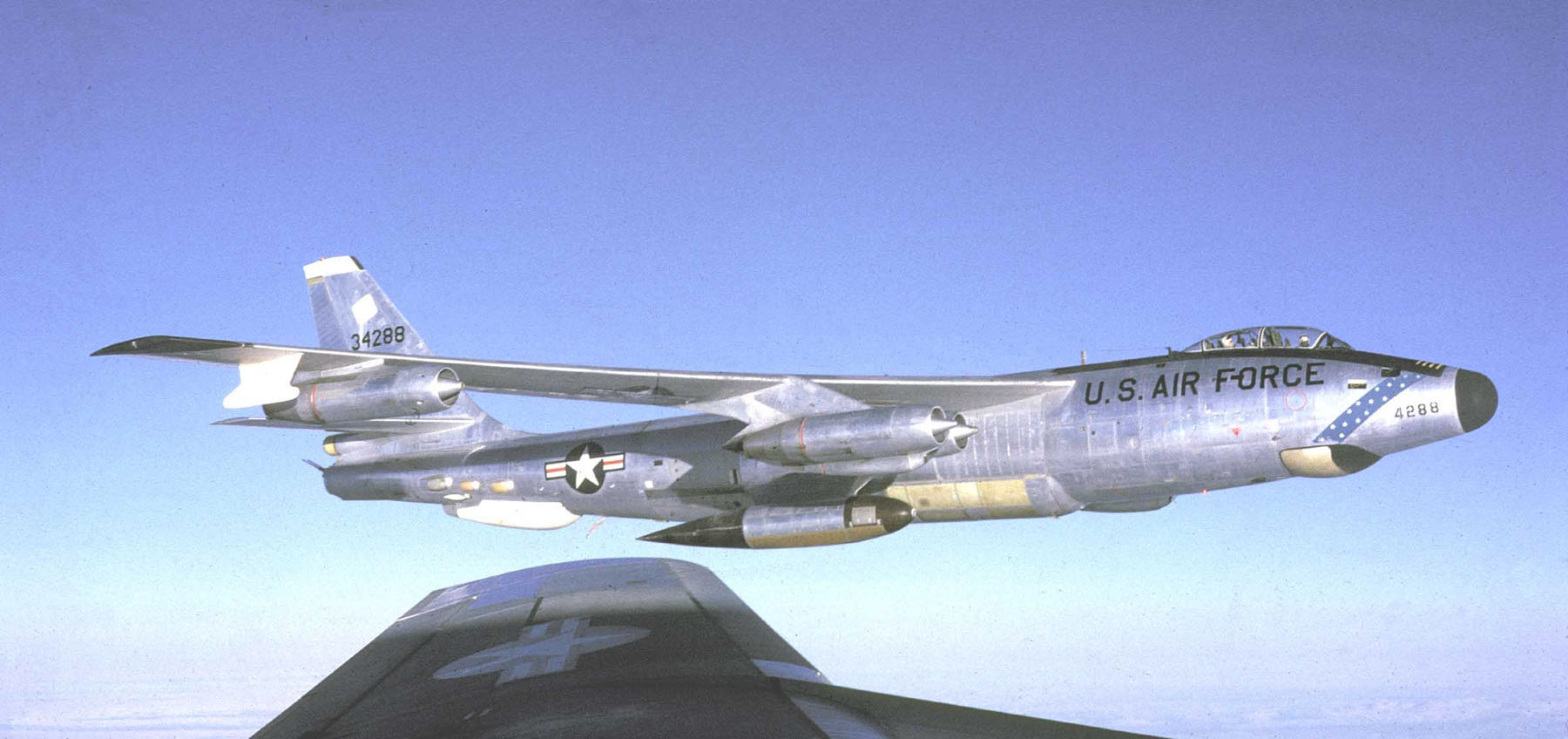
Notable Missions
The B-47 Stratojet was a strategic bomber that played a significant role in the Cold War. Developed by the United States Air Force in the early 1950s, the B-47 was the first swept-wing jet bomber to enter service. It was designed to fly at high altitudes and supersonic speeds, making it a formidable weapon in the nuclear arms race between the United States and the Soviet Union.
One of the most notable missions of the B-47 was its involvement in the Cuban Missile Crisis in 1962. During this tense standoff between the two superpowers, the B-47s were put on high alert and ready to strike immediately. These bombers were equipped with nuclear weapons and were prepared to carry out a devastating attack on Soviet targets if necessary. Fortunately, the crisis was resolved diplomatically, and the B-47s were not deployed. However, their presence and readiness were a powerful deterrent to the Soviet Union.
Aside from its role in the Cuban Missile Crisis, the B-47 also played a crucial role in the Strategic Air Command (SAC) during the Cold War. The SAC was responsible for maintaining a constant presence of nuclear-armed bombers in the air, ready to strike at any time. The B-47 was the backbone of this strategy, with its long-range capabilities and ability to carry nuclear weapons. These bombers were constantly alert, ready to take off immediately and fly to their targets.
In addition to its role in nuclear deterrence, the B-47 also played a significant role in reconnaissance missions during the Cold War. Equipped with cameras and other surveillance equipment, the B-47s could fly over Soviet territory and gather valuable intelligence. These missions were highly secretive and were crucial in providing the United States with information about Soviet military capabilities.
The B-47 also made significant contributions to the development of aerial refueling techniques. In the early days of the Cold War, the range of bombers was limited, and they could not reach their targets without refueling. The B-47 was one of the first bombers to be equipped with a refueling probe, allowing it to receive fuel from tanker aircraft in mid-air. This innovation significantly extended the range and capabilities of the B-47, making it an even more formidable weapon in the Cold War.
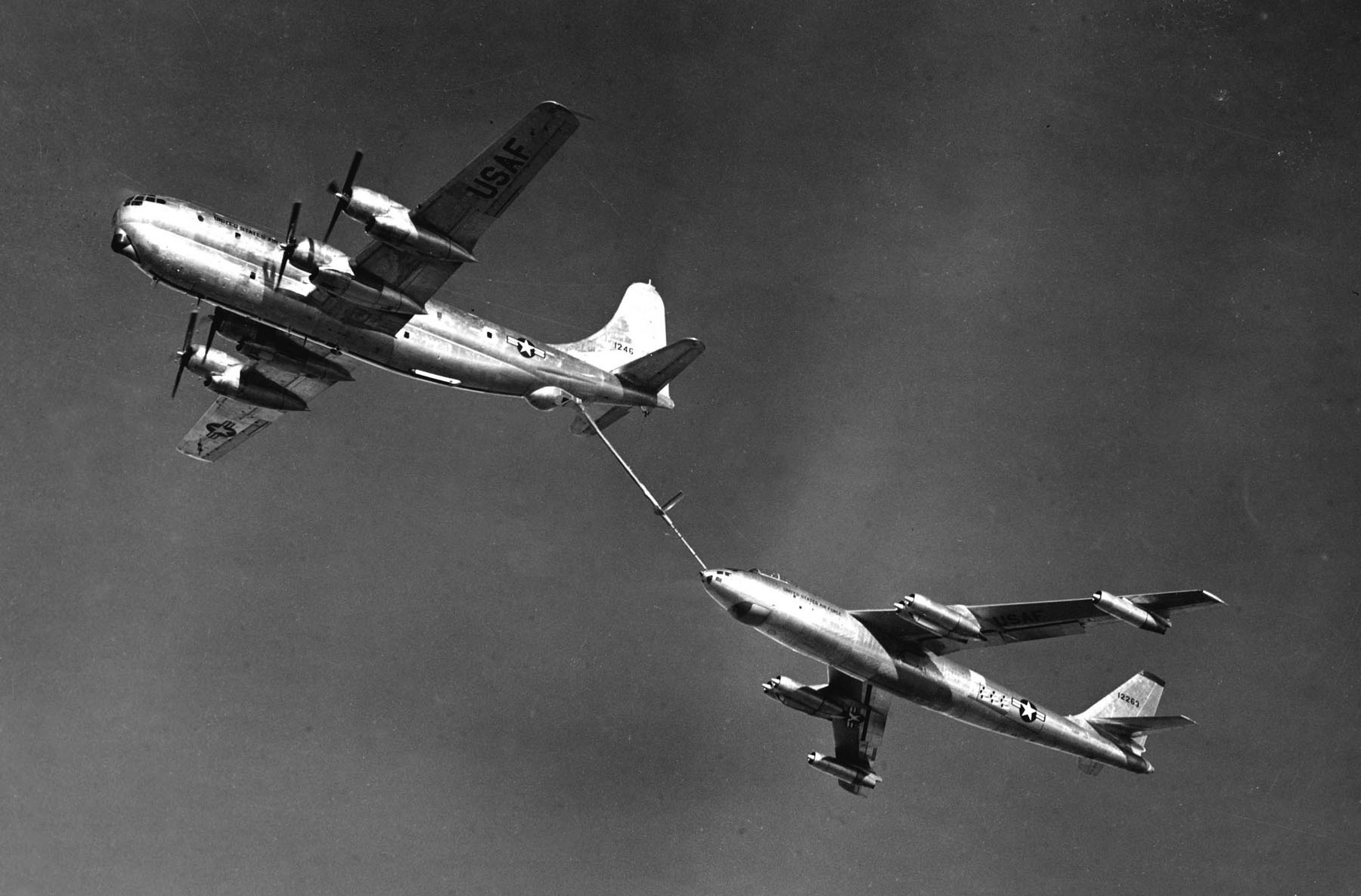
In conclusion, the B-47 Stratojet played a significant role in the Cold War as a nuclear deterrent and in various other missions. Its long-range capabilities, ability to carry nuclear weapons, and innovative aerial refueling techniques made it a formidable weapon in the hands of the United States Air Force. The B-47’s contributions to reconnaissance, conventional bombing, and humanitarian missions further solidify its place in history as one of the most iconic aircraft of the Cold War era.
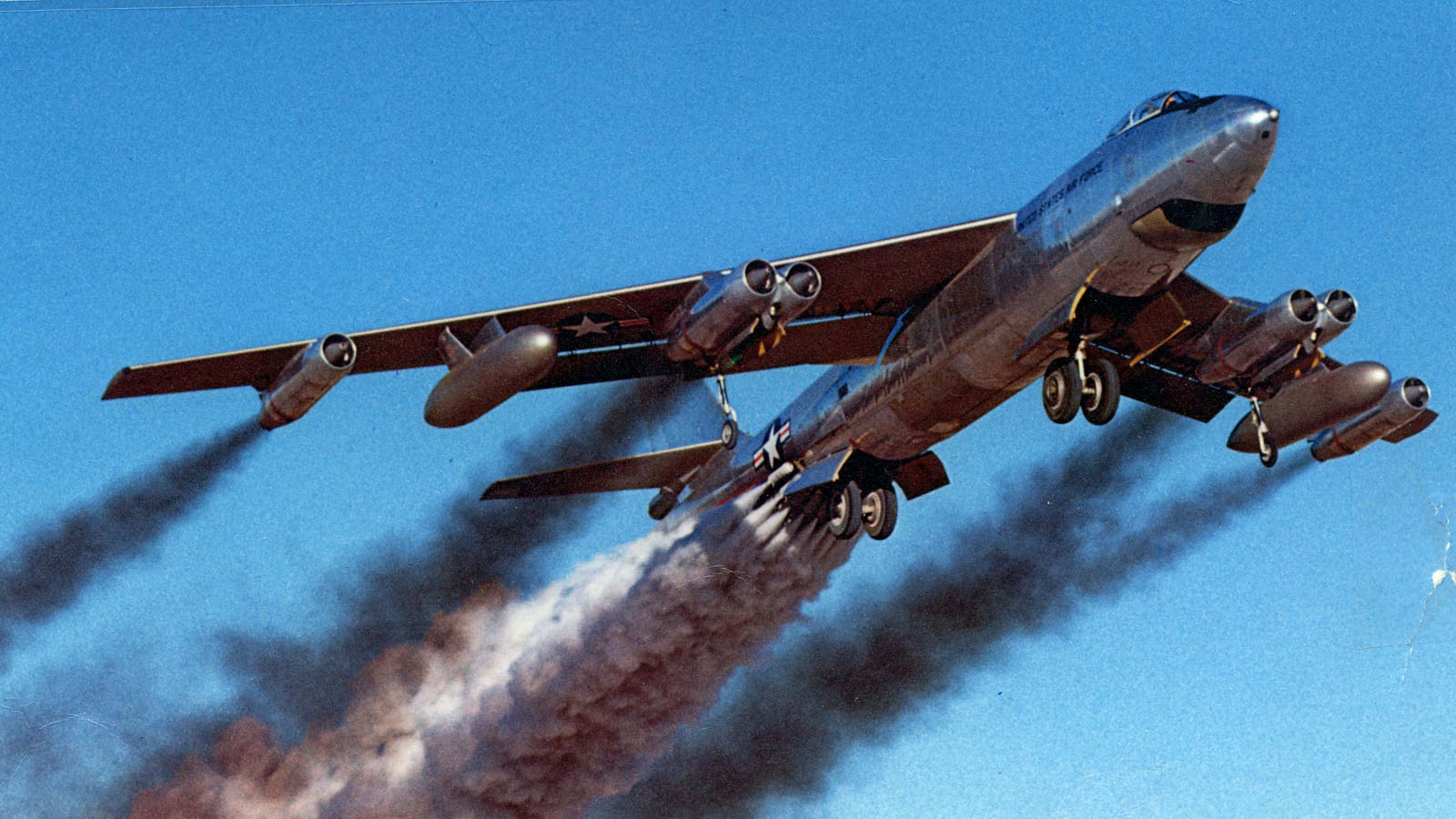
Technological Advancements and Legacy of the B-47 Bomber
One of the most notable technological advancements of the B-47 was its swept-wing design. This innovative feature allowed the aircraft to fly at high speeds and altitudes, making it difficult for enemy radar to detect. The wings were also designed to reduce drag, increasing the aircraft’s range and fuel efficiency. This significantly improved from previous bombers, with straight wings and limited capabilities.
In addition to its advanced wing design, the B-47 also featured a revolutionary bomb bay that could carry nuclear weapons. This was a crucial development during the Cold War, as the B-47 was one of the first bombers capable of delivering atomic bombs to enemy targets. This capability gave the United States a significant advantage in the arms race and solidified the B-47’s role as a key player in the Cold War.
The B-47’s advanced technology also extended to its engines. The aircraft was powered by six General Electric J47 turbojet engines, the first axial-flow engines used in a bomber. These engines were more powerful and efficient than previous models, allowing the B-47 to reach up to 600 miles per hour. This was a remarkable feat at the time and contributed to the B-47’s success as a strategic bomber.
The B-47’s technological advancements were not limited to its design and engines. It also featured advanced electronic systems, including a sophisticated navigation and bombing system. This allowed the aircraft to accurately deliver its payload to designated targets, even in adverse weather conditions. The B-47 was also equipped with electronic countermeasures to defend against enemy radar and missiles, making it a highly capable and versatile aircraft.
The B-47’s legacy extends beyond its technological advancements. It played a crucial role in shaping the tactics and strategies of the United States Air Force during the Cold War. Its ability to fly at high speeds and altitudes and its nuclear capabilities made it a vital component of the United States deterrence strategy. The B-47 also paved the way for future bomber designs, such as the B-52 Stratofortress, which incorporated many advanced features.
Despite its impressive technological advancements, the B-47 faced challenges and setbacks. Its complex design and advanced systems required a high level of maintenance and training, which proved to be costly and time-consuming. The aircraft also faced competition from other bombers, such as the B-52, which eventually replaced the B-47 as the primary strategic bomber of the United States Air Force.
In conclusion, the B-47 bomber was a groundbreaking aircraft that pushed the boundaries of aviation and military technology. Its swept-wing design, nuclear capabilities, and advanced electronic systems made it a formidable weapon during the Cold War. Its legacy continues to influence modern aircraft design, and its impact on the history of aviation and military technology cannot be overstated. The B-47 will always be remembered as a symbol of innovation and progress in aviation.
Frequently Asked Questions
How fast could the B-47 bomber fly?
The B-47 bomber had a maximum speed of approximately 607 miles per hour (977 km/h), making it one of the fastest bombers of its time.
How many crew members operated the B-47 bomber?
The B-47 had three crew members: a pilot, a copilot, and a navigator. The pilot and copilot sat in the cockpit while the navigator operated from a separate compartment.
What was the payload capacity of the B-47 bomber?
The B-47 had a maximum bomb load capacity of approximately 25,000 pounds (11,340 kg). This allowed it to carry a variety of conventional or nuclear weapons.
What was the range of the B-47 bomber?
The B-47 had a combat radius of around 2,000 miles (3,200 km) without aerial refueling. However, with the assistance of aerial refueling, it could cover much longer distances.
How long was the operational lifespan of the B-47 bomber?
The B-47 entered service in the United States Air Force (USAF) in 1951 and remained on active duty until 1969. It served as a strategic bomber during the Cold War period and was eventually replaced by the more advanced B-52 Stratofortress
